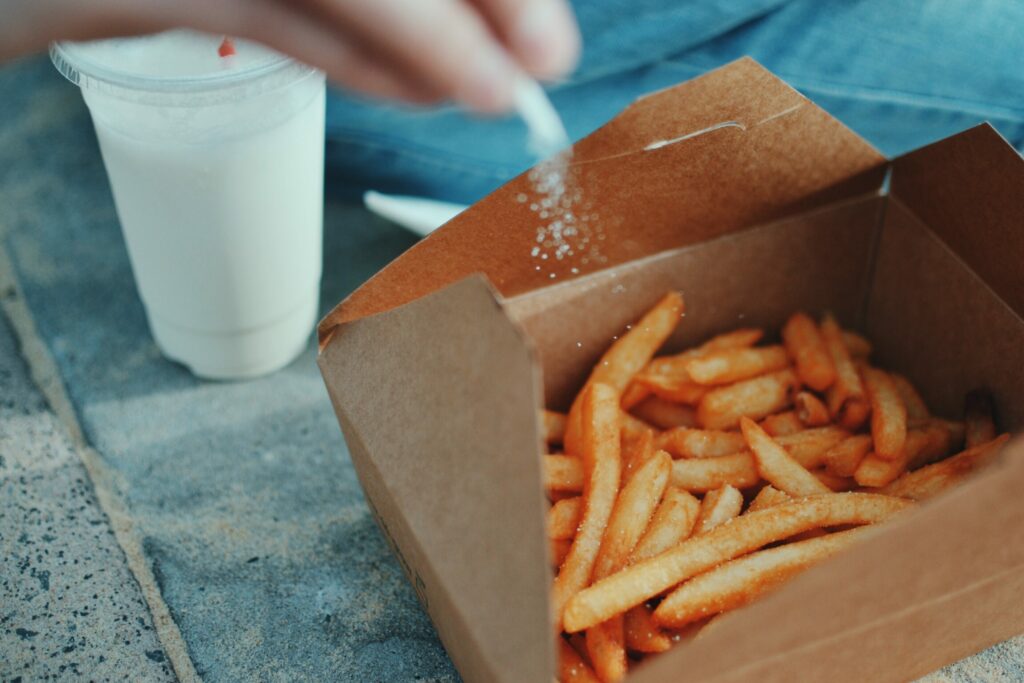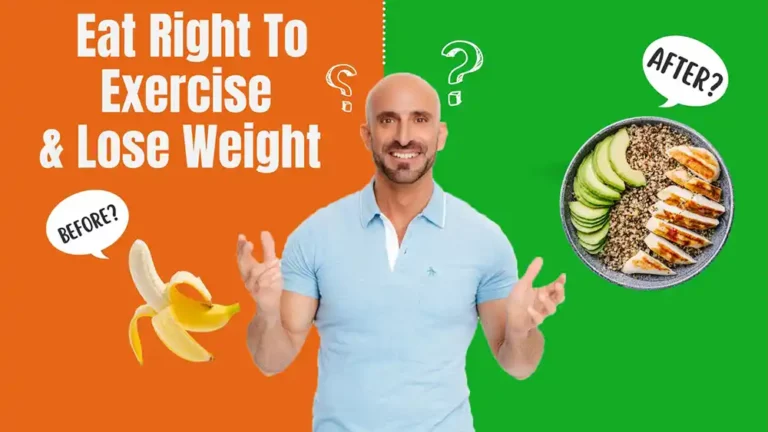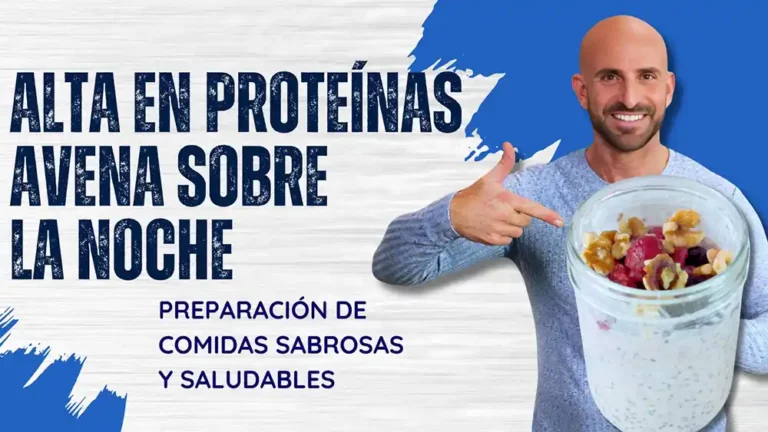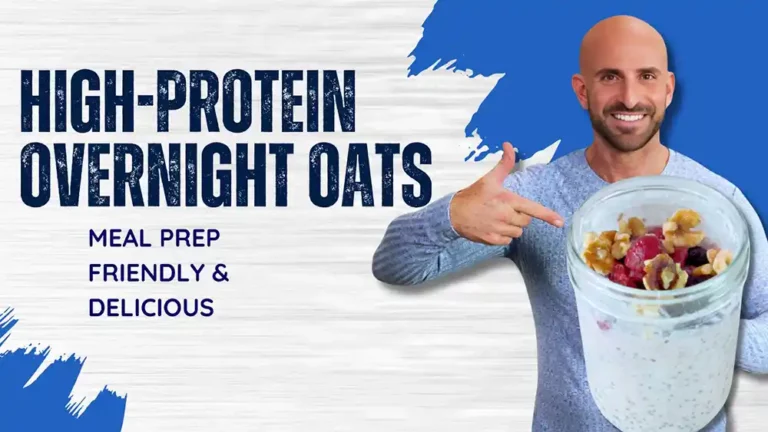
Sodium is widely seen as something to avoid excess amounts of if you want to have the best health, especially when it comes to your heart. If you have heart issues, are overweight and/or are not very active, then sodium is definitely something that you should watch in your diet. Another reason to watch your sodium, too, is that it can cause you to hold water if you eat it consistently. This could be detrimental if you are trying to lose weight, because the extra water will make the pounds on the scale stand still, masking any weight loss you may have achieved and leaving you feeling frustrated and perhaps even cutting more calories where you don’t really need to. So, does this mean that you should stop salting your food and are doomed to bland meals as long as you are watching your health? Not exactly.
Many people think that the terms “sodium” and “salt” mean the same thing and they aren’t completely wrong, but there is an important distinction to make between the two terms. Salt is made up of both sodium and chloride, therefore salt does not contain 100% sodium. One teaspoon of table salt is only about 40% sodium.
On the flip side, some foods may contain a lot of sodium, but don’t taste salty. For example, instant pudding mixes and frozen pies can have 13% of your recommended amount of sodium per serving, despite being desserts that aren’t salty at all. In fact, many frozen, ready-to-eat foods like burritos, TV dinners and pizzas are typically high in sodium. This is because, with processed foods, sodium is added to preserve the food and lengthen the shelf life. This is typically the sneakiest way sodium gets into our diet which is why, according to the American Heart Association, the average American eats 3,400 milligrams of sodium each day and 70% of this sodium comes from processed and/or packaged foods.
But, how much sodium should you be eating? It is recommended that you consume no more than 2,300 milligrams of sodium per day. If you already have a heart condition, even if it’s just high blood pressure, or health conditions, only 1,500 milligrams is the recommendation. To help meet these guidelines if limiting sodium is your goal, here are some tips to get started:
Though packaged foods are perfectly fine to eat, it’s important to read your labels to keep track of how much sodium you are consuming. Compare labels to see which foods are the lowest in sodium by serving. Also remember to check between brands, as different brands of the same food can have different contents of sodium.
Condiments like soy sauce, salad dressing and relish can be high in sodium. Look for reduced or lower-sodium versions of your favorite sauces.
Canned vegetables can be a nutritious, low-cost and convenient addition to your cooking and your diet plan. If you’re watching your sodium, though, watch for canned vegetables labeled “no salt added,” “low-sodium” or something similar.
Using different sources of salt and seasoning to give your food flavor can also make a big difference. For example, sea salt, due to its larger crystals, tends to have less sodium by weight than table salt. Additionally, MSG can give your meals a huge boost of flavor with only a fraction of the dose of sodium. Don’t worry, MSG is nothing to be afraid of.





